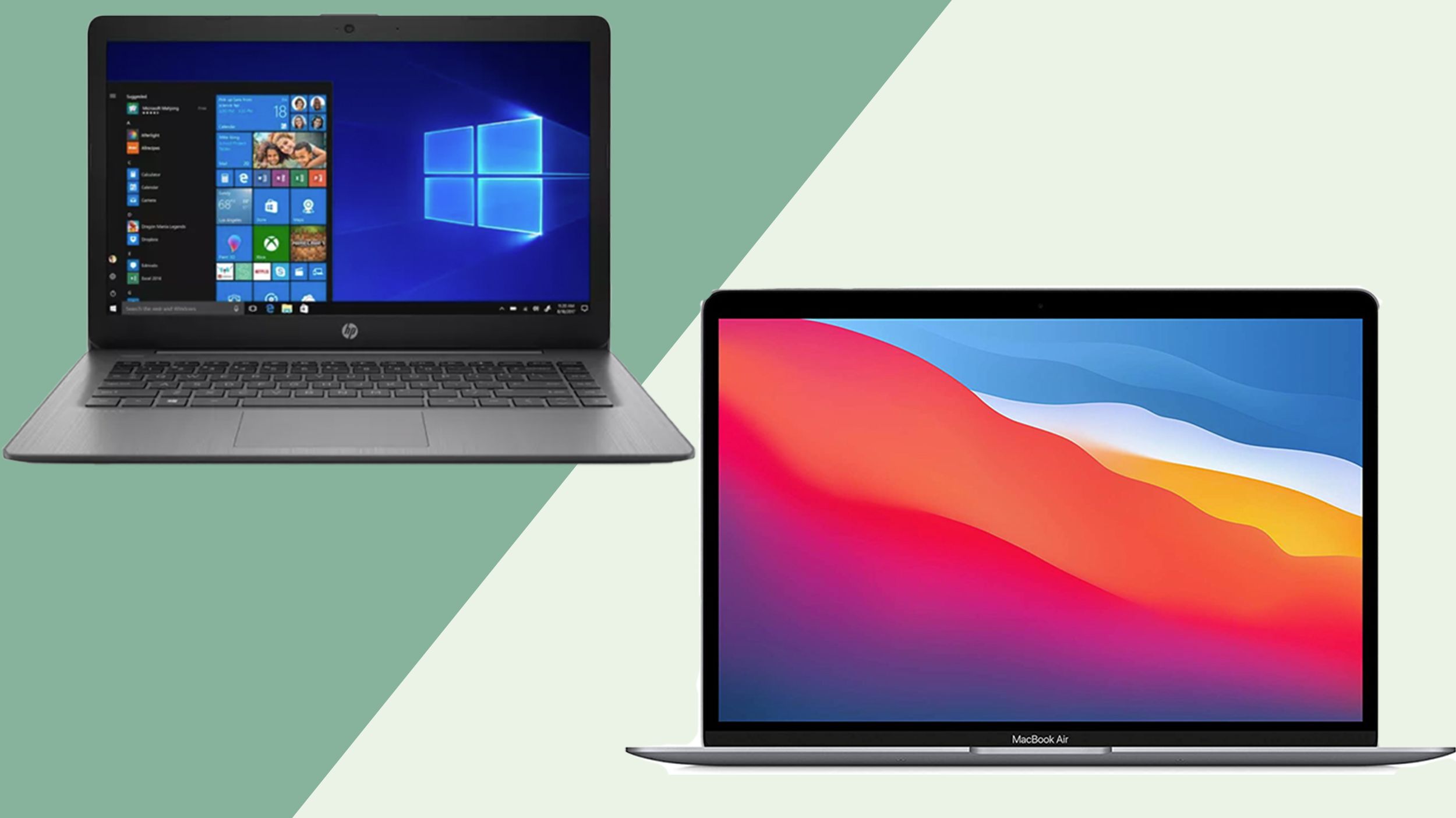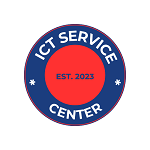Yes, Windows is generally considered to be faster than Mac due to its hardware flexibility and wider range of compatible software. When it comes to speed, Windows operating systems tend to offer better performance for a diverse range of tasks.
However, the speed difference may vary depending on the specific models and configurations of the computers being compared. Many factors can contribute to the perceived speed differences, such as processor speed, memory capacity, storage type, and software optimization. Both Windows and Mac have their unique strengths and weaknesses, making it essential to consider individual requirements and preferences.
Ultimately, the speed comparison between Windows and Mac can be subjective and depends on the specific usage scenarios and user experiences.

Understanding The Differences
Hardware Configurations
When comparing the speed of Windows and Mac, understanding the hardware configurations is crucial. Hardware configurations play a significant role in determining the overall performance of an operating system. Windows-based PCs are available in a wide range of hardware configurations, catering to diverse user needs and budgets. On the other hand, Macs are produced solely by Apple, offering a more limited range of hardware options but integrating high-quality components to ensure a seamless user experience. The performance disparity between Windows and Mac largely depends on the specific hardware setup and its optimization for the respective operating system.
Operating System Optimization
Another crucial aspect to consider when evaluating the speed of Windows versus Mac is the operating system’s optimization. Operating system optimization refers to the process of refining the software to run efficiently on the available hardware. Windows is designed to support a vast array of hardware combinations, which can sometimes lead to potential performance inconsistencies. In contrast, Macs benefit from greater control over hardware and software integration, allowing for a more streamlined optimization process. Apple’s vertically integrated approach enables them to fine-tune macOS to enhance the performance of their hardware, resulting in a seamless and optimized user experience.
Performance Testing Metrics
When comparing the performance of Windows and Mac, it’s essential to consider various performance testing metrics to gain a comprehensive understanding of their capabilities. Performance testing metrics provide valuable insights into the speed, responsiveness, and overall efficiency of an operating system. Let’s delve into the key aspects of performance testing metrics and explore how they can help determine whether Windows is faster than Mac.
Benchmark Tools
Before comparing the performance of Windows and Mac, it’s crucial to utilize reliable benchmark tools to conduct comprehensive performance tests. Benchmark tools such as Geekbench, Cinebench, and PassMark provide standardized tests that measure the computational and graphical performance of both operating systems. These tools offer objective metrics that can be used to evaluate the speed, multitasking capabilities, and overall performance of Windows and Mac.
Real-life Usage Scenarios
While benchmark tools offer valuable insights, real-life usage scenarios are equally important when assessing the performance of Windows and Mac. Real-life usage scenarios encompass everyday tasks such as web browsing, multimedia streaming, gaming, and productivity applications. By replicating real-life usage scenarios, it becomes possible to evaluate the practical performance of both operating systems in diverse contexts, providing a more holistic understanding of their speed and responsiveness.

Impact On Productivity
Application Performance
When it comes to an individual’s productivity, the speed and performance of the system play a pivotal role. Windows has been known for its wide compatibility with various applications which directly affects application performance. It offers a plethora of software options which can cater to different needs, whereas Mac is renowned for its efficient handling of creative and design applications. However, Windows seems to outshine Mac when it comes to running a diverse range of applications simultaneously, thus enhancing productivity.
User Experience
User experience on a computer significantly impacts productivity. Windows provides a more flexible environment which allows users to customize their system according to their needs. It also boasts a plethora of keyboard shortcuts and task management features, presenting a seamless experience for multitasking and productivity. On the other hand, Mac is known for its intuitive interface and optimization for creative tasks, influencing a more enjoyable and efficient workflow for content creators and designers.
Tips For Optimization
Optimizing your operating system can significantly improve its performance. Whether you are using Windows or Mac, there are several settings and maintenance tasks that can enhance the speed and overall experience. Below are some essential tips for optimizing your system to ensure it runs smoothly and efficiently.
System Settings
Adjusting system settings can have a notable impact on the overall performance of your operating system.
- Power Options: Optimize the power plan settings to maximize performance, especially when running resource-intensive applications.
- Visual Effects: Disable unnecessary visual effects to reduce system strain and enhance responsiveness.
- Background Apps: Disable or remove unnecessary background apps that consume system resources.
Disk Cleanup And Maintenance
Regular disk cleanup and maintenance are crucial for keeping your system running efficiently.
- Disk Cleanup: Use built-in disk cleanup tools to remove temporary files, system caches, and other unnecessary data to free up disk space and improve performance.
- Defragmentation: Periodically defragment your hard drive to optimize file storage and access speed, especially on Windows systems.
- Software Updates: Ensure that your operating system and installed software are up to date to benefit from performance and security enhancements.

Credit: www.cnn.com
Frequently Asked Questions Of Is Windows Faster Than Mac?
Is Windows Faster Than Mac?
Windows and Mac systems have different strengths, and speed is just one factor to consider. Windows PCs are often preferred for gaming and customizable hardware. Macs, on the other hand, are known for their efficient performance and user-friendly interface. Ultimately, the speed comparison depends on specific tasks and user preferences.
What Factors Determine The Speed Of An Operating System?
The speed of an operating system depends on various factors, including the hardware specifications, software optimization, and the specific tasks being performed. Processor speed, memory, storage type, and system updates all play a role in determining the overall speed and performance of a computer.
Can The Speed Of Windows And Mac Be Compared Objectively?
Yes, the speed of Windows and Mac can be objectively compared using benchmark tests and real-world performance evaluations. These tests consider factors such as boot times, application launch speed, multitasking performance, and overall system responsiveness, providing valuable insights into each system’s speed capabilities.
Conclusion
When it comes to speed, both Windows and Mac have their strengths and weaknesses. Ultimately, the answer depends on the specific tasks and hardware involved. Regardless of which platform you prefer, understanding your own usage patterns and requirements will guide your choice for the best performance.

